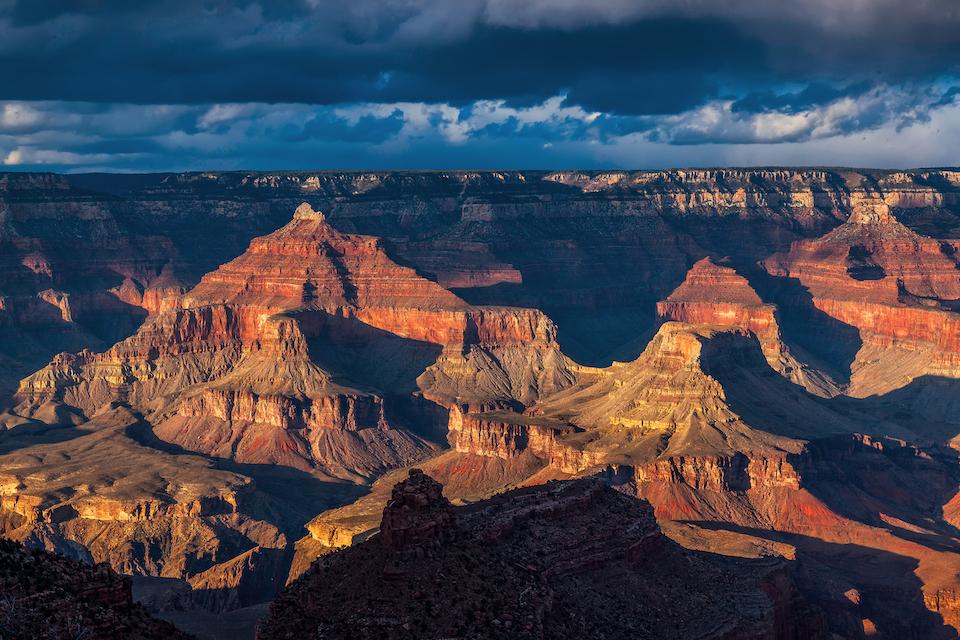
Interior and National Park Service officials announced Thursday that three buckets containing uranium ore posed no radioactive risk to Grand Canyon National Park staff or visitors/Rebecca Latson file
Buckets of uranium-bearing rock samples stored in a building on the South Rim of Grand Canyon National Park posed no radioactive risk to park staff or visitors, according to Interior Department officials.
Concern was raised early this year when a park employee emailed the Arizona Republic with claims that three five-gallon buckets with the ore were in somewhat close proximity to staff and visitors for two decades.
Park staff said that in June 2018 a routine environmental audit flagged the buckets that were in the Museum Collection building at the South Rim. On June 18, 2018, the NPS moved the samples to a restricted area at the Orphan Mine site, which is closed to visitors and most employees. Subsequent inspections of the facility have indicated that the Museum Collection building is safe for visitors and employees.
On Thursday the Interior Department and National Park Service said an interagency safety review found no radiation exposure health risk to employees or visitors from the ore samples.
An investigative team of radiation, industrial hygiene, and safety and occupational health experts were sent to the park in February to identify the potential level of exposure and risk to visitors and employees.
The team contracted with a technical firm to conduct a radiation dose reconstruction to determine the level of exposure when rock samples were stored in the facility; interviewed employees to document the manner in which the materials were stored, employee work practices and likely exposure pathways; analyzed past assessment reports and available radiation safety practices; and developed recommendations for managing collection samples in the future. Additionally, the National Institute of Occupational Safety and Health of the U.S. Centers for Disease Control and Prevention reviewed the report for accuracy.
“When we started this investigation, we wanted to be absolutely sure we had all of the necessary experts at the table. After assembling the team and collecting our data, I am relieved to announce that our comprehensive review identified no health concerns with radiation exposure from the park’s uranium ore samples,” said Michael May, the Park Service's Office of Risk Management chief.
The team surveyed the locations within the Museum Collection building where the buckets were stored and determined the areas to be free of residual contamination. Taxidermy specimens from the natural history collection that were stored in close proximity to the buckets containing uranium ore were surveyed and determined to be free of residual contamination as well. The team provided recommendations regarding the handling of museum mineral specimens, including uranium ore and other specimens that contain naturally occurring radioactive elements.
The Museum Collection building is a storage and research facility dedicated to preserving the physical artifacts that tell the Grand Canyon story. The building is located in an administrative area that is separate from visitor use areas. Tours are by appointment only, and visitation averages up to 1,000 visitors and researchers annually. The NPS stores objects and documents as part of research collections and to have representative samples of park resources.

 Support Essential Coverage of Essential Places
Support Essential Coverage of Essential Places







Comments
a classic example of fear mongering at its finest from the get go- much to do about absolutely nothing.
As I recall, the so-called ESH "professional" that raised the alarm was the problem, not the presence of the ore itself. It's a real shame that the profession has no professional standards allowing them to police the crackpots into other lines of work they may actually succeed at.
Please, please, please, common sense everyone. Buckets of uranium rock is not the same as processing enriched uranium. Stay a safe distance away and heaven forbid don't touch or eat the rocks.